*NURSING > CASE STUDY > Breast Cancer/Complications of ChemotherapyJan Leisner, 50 years old CASE STUDY (All)
Breast Cancer/Complications of ChemotherapyJan Leisner, 50 years old CASE STUDY
Document Content and Description Below
Breast Cancer/Complications of ChemotherapyJan Leisner, 50 years old Primary Concept Perfusion Interrelated Concepts (In order of emphasis) 1. Infection 2. Pain 3. Fluid and Electrolyte Bala... nce 4. Thermoregulation 5. Immunity 6. Cellular Regulation 7. Clinical Judgment 8. Patient Education 9. Communication 10. Collaboration © 2016 Keith Rischer/www.KeithRN.comUnfolding Clinical Reasoning Case Study: STUDENT Breast Cancer History of Present Problem: Jan Leisner is a 50-year-old Caucasian woman who has been healthy with no previous medical history. One year ago, she noted a small palpable lump in her right breast about the size of an almond. Because she has been healthy, she assumed it was nothing and ignored it. Over the last month she has noted that this lump has been increasing in size. Her mammogram confirmed a 5 cm mass. An ultrasound biopsy confirmed the presence of cancer cells in the tumor as well as in three of her lymph nodes most proximal to the tumor. An MRI scan that followed revealed a 1 cm tumor on her lumbar spine. She is not a surgical candidate at this time, so an implanted venous access device (VAD) will be placed later this afternoon so that chemotherapy can be started as soon as possible. You are the nurse responsible for her care on the oncology unit of a community hospital. Personal/Social History: Jan has four children under the age of 17. She has no personal or family history of breast cancer. She has never smoked and lives with her husband in a suburban community. She works part-time as a substitute teacher. Jan is a devout Christian who has a strong faith and trust in God. She also believes in the power of prayer and believes that God can heal her. She chose to have a mammogram just before her husband’s insurance plan expired because he just lost his job. What data from the histories are RELEVANT and has clinical significance to the nurse? RELEVANT Data from Present Problem: Clinical Significance: No previous medical history Noted small palpable lump in her right breast, sizeof an almond Lump is increasing in size Ultrasound confirmed cancer cells in the tumor as well as three of her lymph nodes most proximal to the tumor MRI revealed a 1 cm tumor on her lumbar spine VAD will be placed later this afternoon so that chemotherapy can be started as soon as possible Finding a lump is usually the first sign of breast cancer The lump is getting bigger so the cancer is spreading Now with it in the lymph nodes it will be harder to stop It is still spreading This is an attempt to stop the spread without surgery RELEVANT Data from Social History: Clinical Significance: 4 kids under the age of 17 No personal or family history of breast cancer Never smoked This is showing her kids need her to help take care of them There isn’t any history so she wasn’t constantly worried about getting itDevout Christian who has a strong faith and trust in God also believes in the power of prayer and believes that God can heal her. Chose to have a mammogram just before her husband’s insurance plan expired because he just lost his job. This could help her get through her treatments with her faith and having something to believe in Without having insurance medical bills can become expensive and won’t get the treatment needed if they can’t afford it Education Priorities 1. What will be the most important education priorities the nurse will reinforce regarding the central port, chemotherapy, and expected side effects? Implanted VAD: This will be placed in the chest, abdomen or arm and it makes receiving the chemotherapy easier so the pt doesn’t have to keep getting poked by a needle. The needle placed into your port is attached to a lumen (clear tube) with a cap at the end and will be used to give the chemotherapy. A patient should look at his or her port site every day. You should call your provider if you have any signs of infection. If fluids administered into the port do not flow freely or the skin around the port is swelling, stop the infusion and call your care team. Contact your care team if you notice changes in the appearance of the area around the injection site or if the reservoir is moving around underneath your skin. Chemotherapy: Explain how chemo works, what the side effects will be. Let the pt know about self-care during it. Tell them all the medications and the effects they will have with the chemo. Chemo goes through the whole body so it can affect every part of the body especially the hair. Expected side effects: The most common side effects are hair loss, fatigue, Easy bruising and bleeding, Infection, Anemia (low red blood cell counts), Nausea and vomiting, Appetite changes and Constipation 2. What are some practical ways you as the nurse can assess the effectiveness of your teaching with Jan? You can ask her to repeat back to you what you said, have her list the potential side effects and have her ask any questions she may have about it. © 2016 Keith Rischer/www.KeithRN.comCaring and the “Art” of Nursing 1. What is Jan likely experiencing/feeling right now in this situation? She is probably feeling scared and anxious because she has children that need her and she doesn’t have insurance at the moment. 2. What can you do to engage yourself with Jan’s experience, and show that she matters to you as a person? Show her that you are there for her and you know what she is going through. Show empathy towards her and make yourself open to listening to her and let her know you are available. Tell her you have a listening ear for anything she has questions about or just want to talk about it. Five Weeks Later… Jan is promptly started on chemotherapy of Cytoxan and Adriamycin every three weeks for the next three months. Two weeks after her first chemotherapy treatment she experiences persistent nausea and vomiting, and has been unable to keep anything down the past 24 hours. She has fatigue so severe she has been unable to move off the couch for the past three days, and has experienced night sweats with a fever last night. After contacting her oncologist, he arranges to have Jan admitted directly to the med/surg floor where you will be the nurse responsible for her care. Patient Care Begins: [Show More]
Last updated: 2 years ago
Preview 1 out of 24 pages
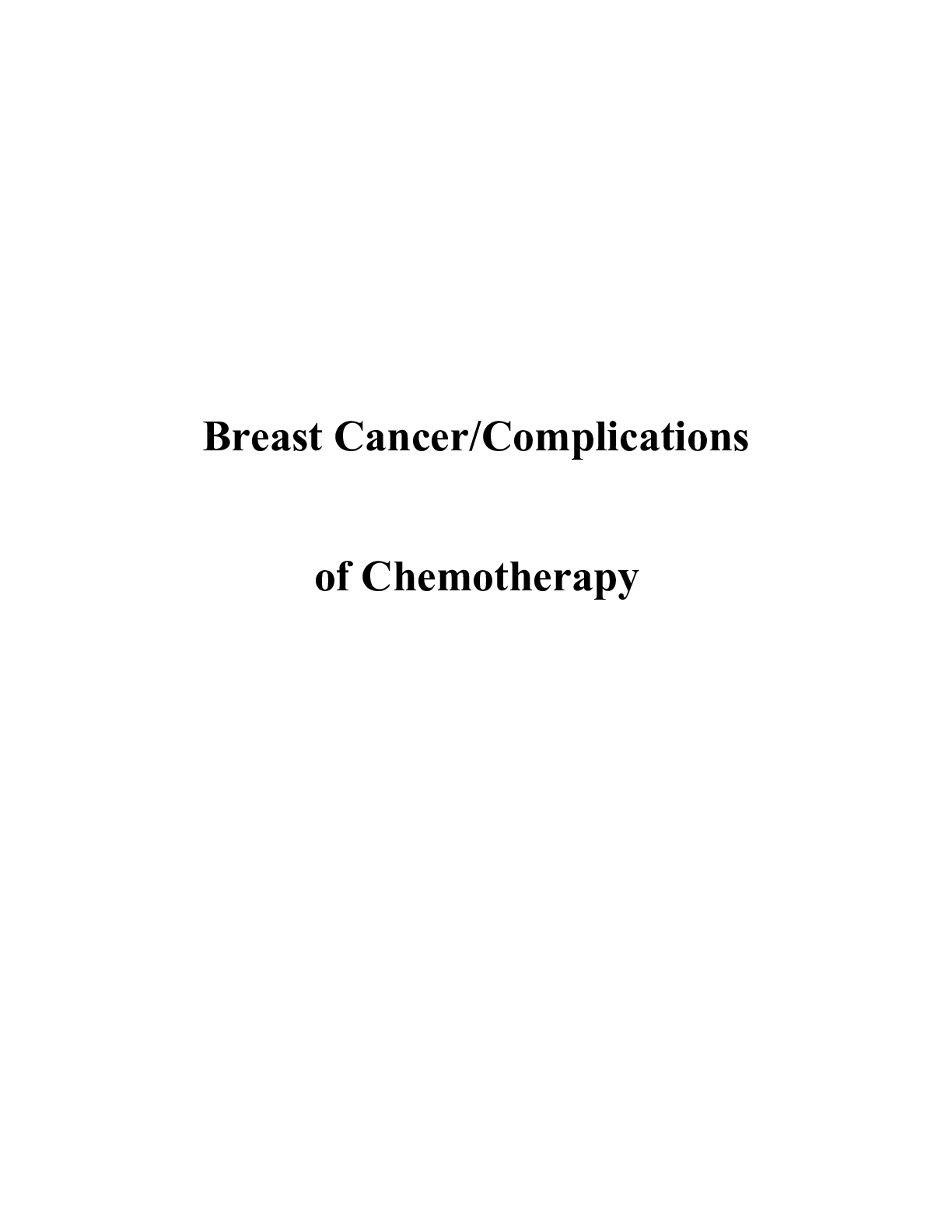
Buy this document to get the full access instantly
Instant Download Access after purchase
Buy NowInstant download
We Accept:

Reviews( 0 )
$11.00
Can't find what you want? Try our AI powered Search
Document information
Connected school, study & course
About the document
Uploaded On
Jun 12, 2021
Number of pages
24
Written in
Additional information
This document has been written for:
Uploaded
Jun 12, 2021
Downloads
0
Views
73









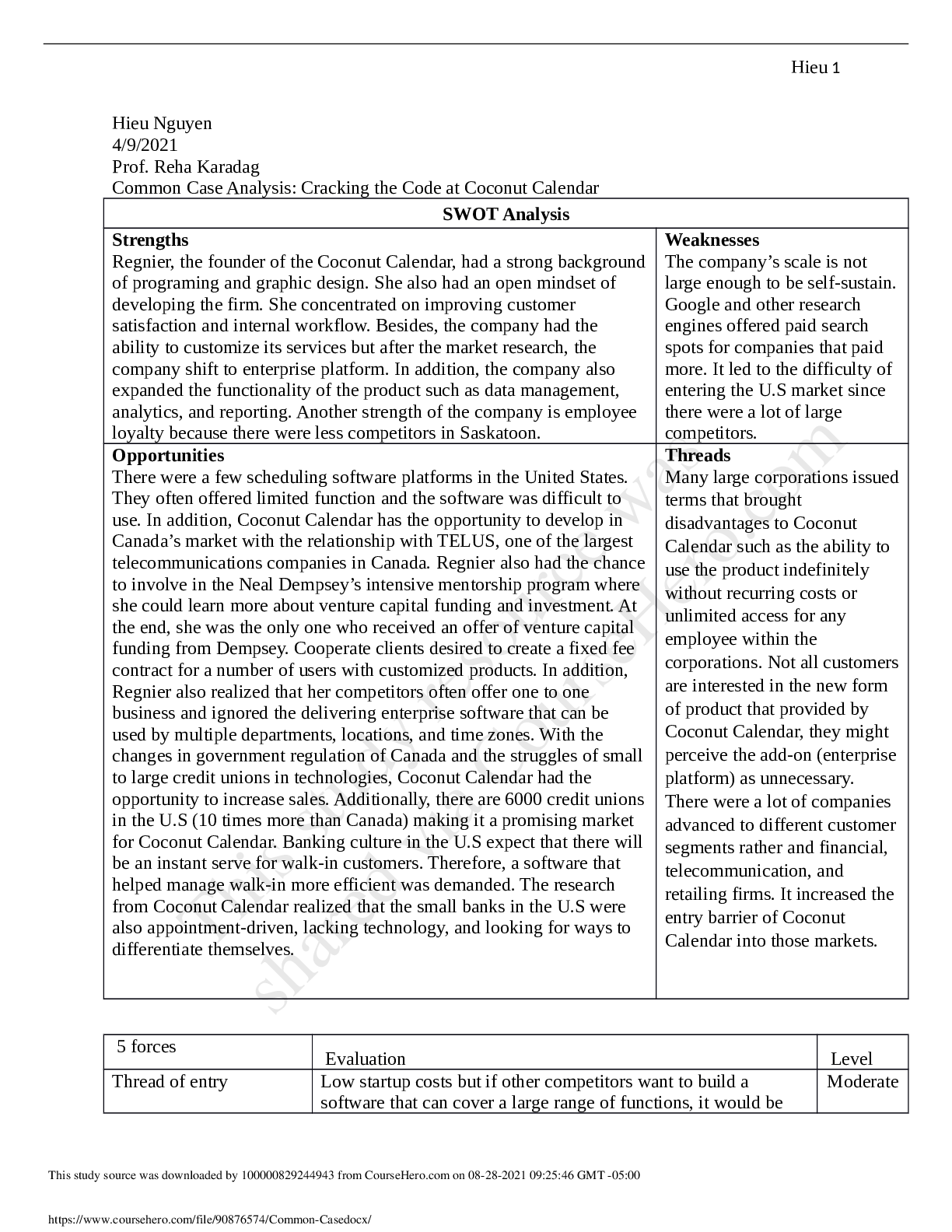
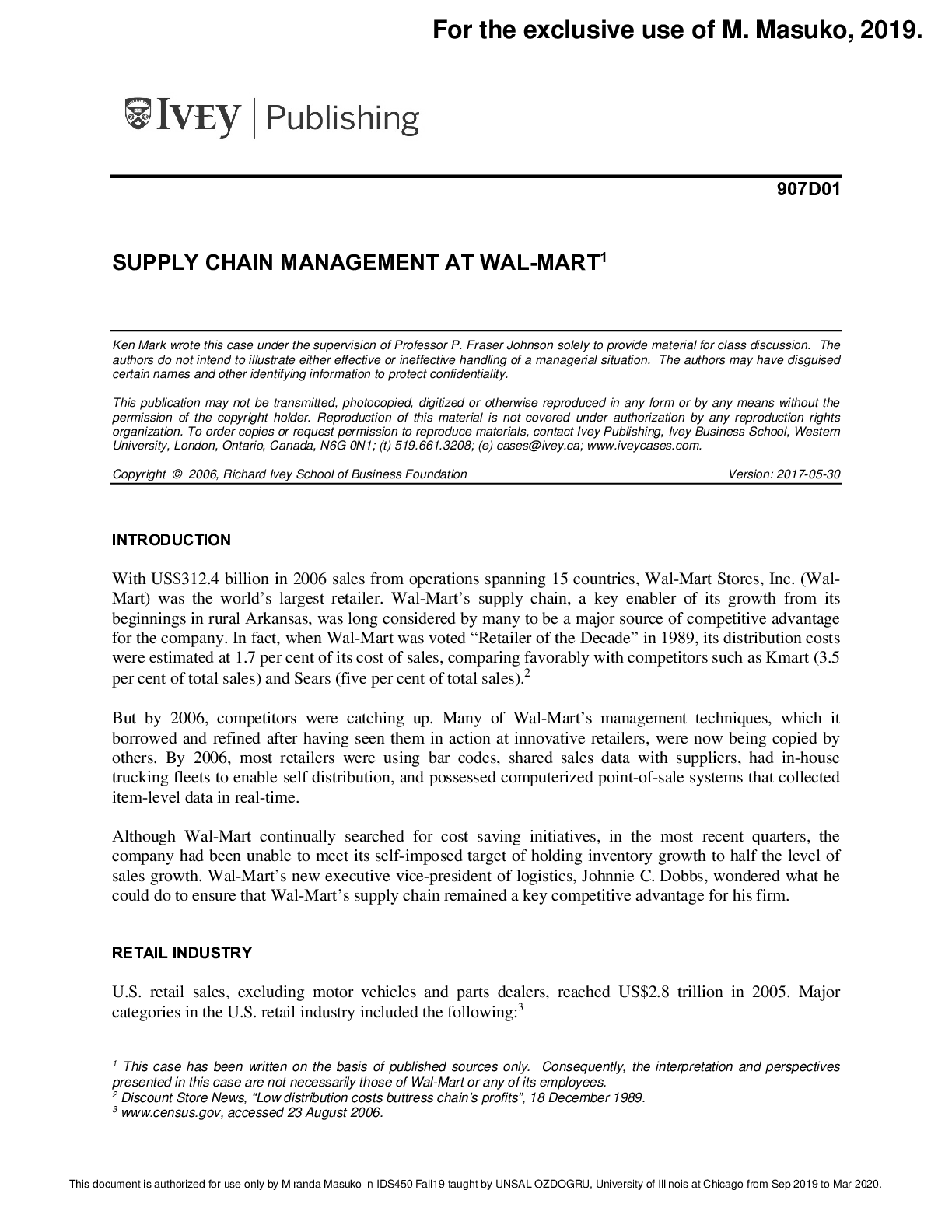
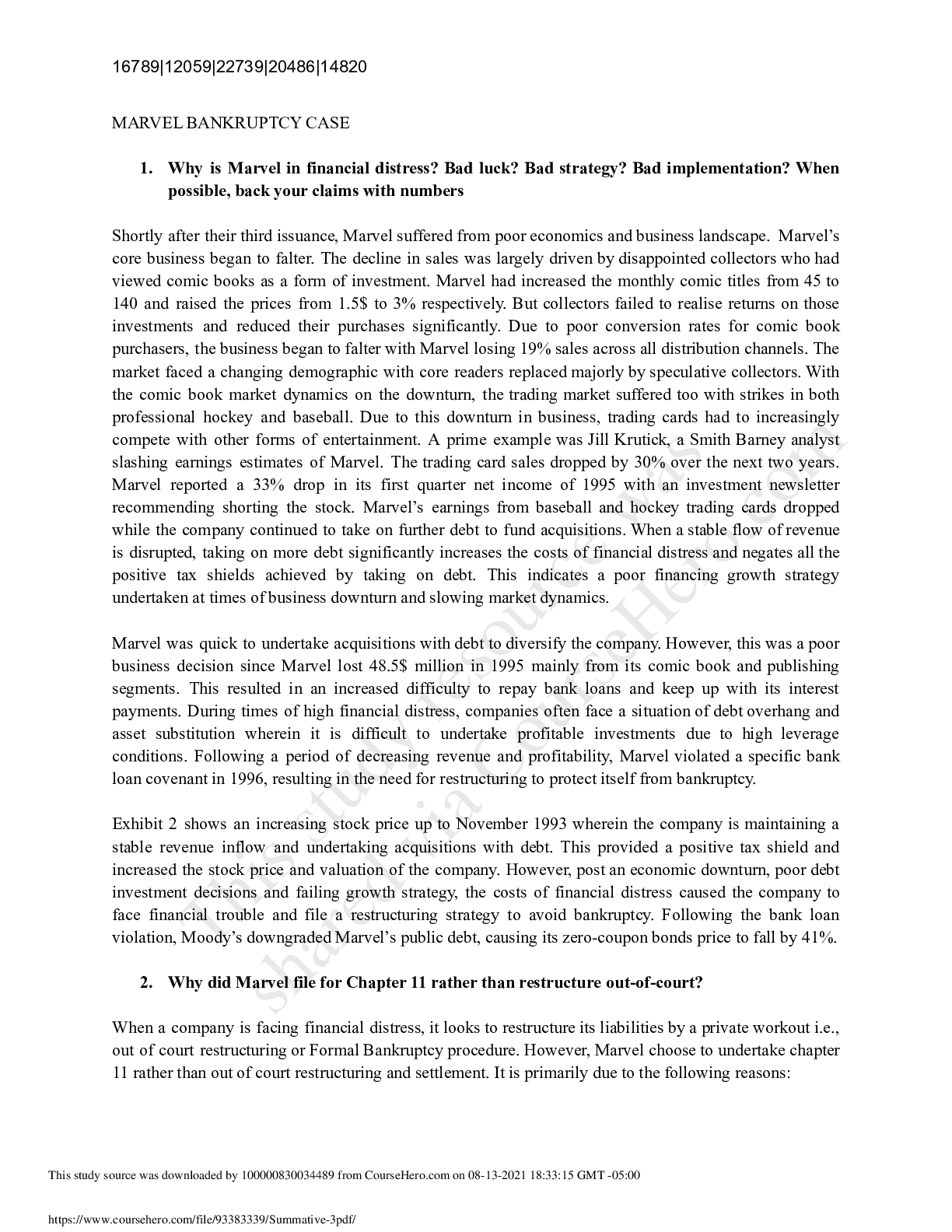
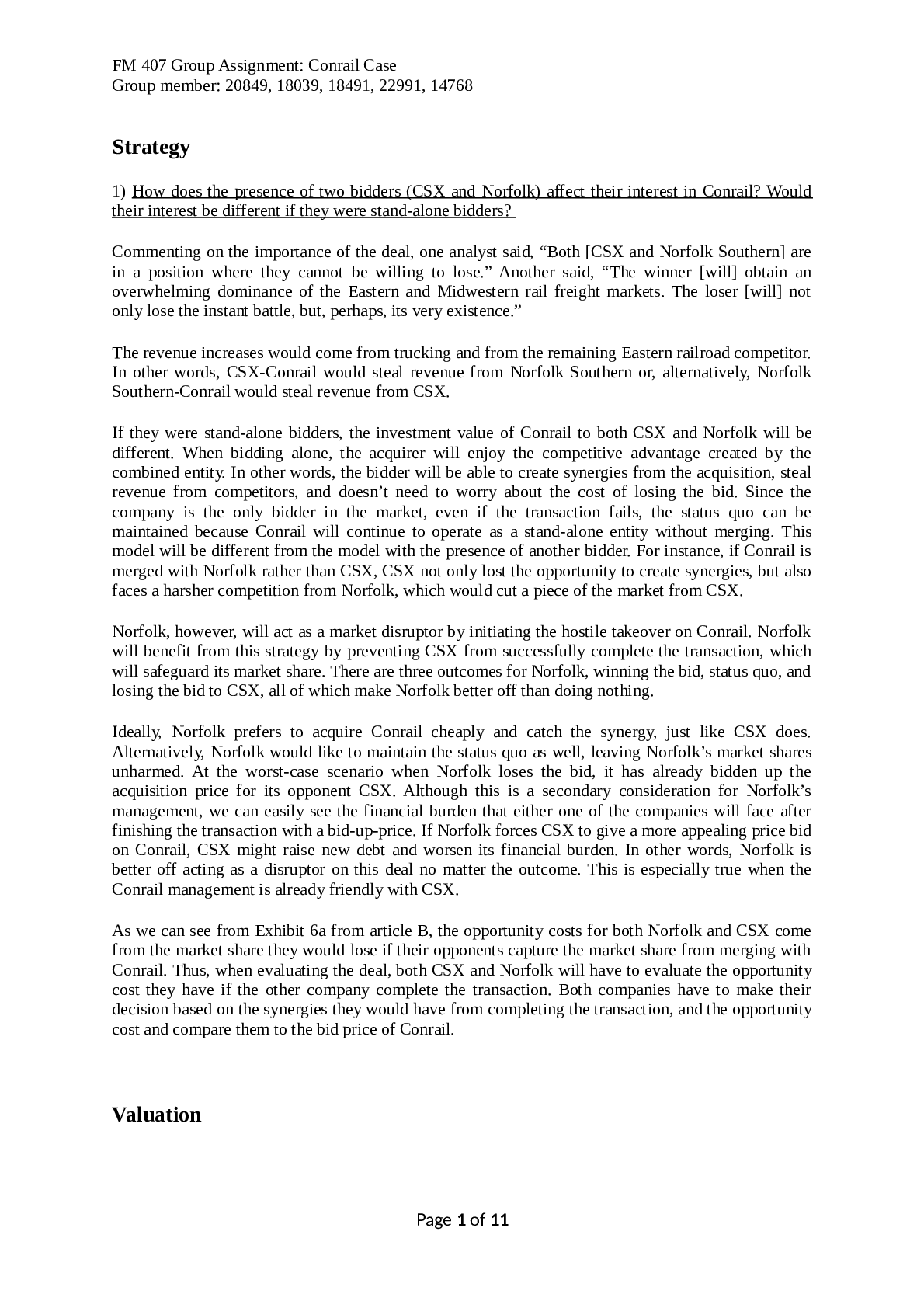

 Correct Study Guide, Download to Score A.png)
 Correct Study Guide, Download to Score A.png)

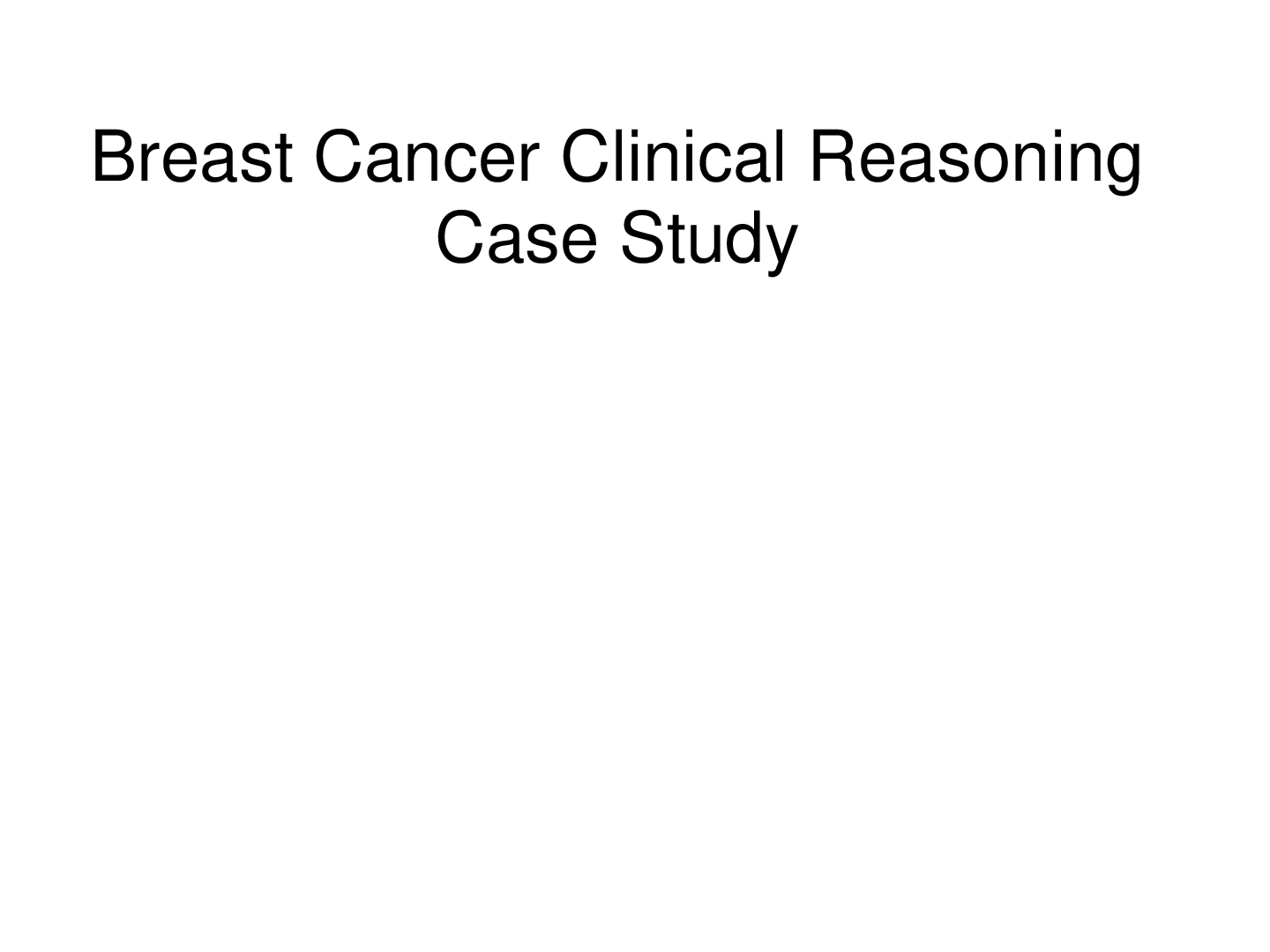
 Clinical Reasoning Case Study (Jan Leisner, 50 years old).png)


